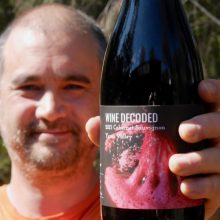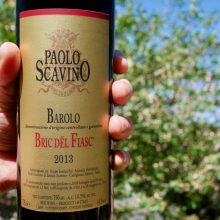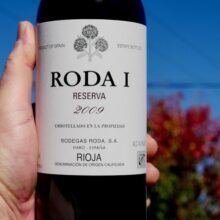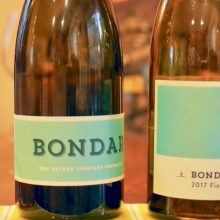
Product information
Roberto Voerzio Langhe Nebbiolo ‘Disanfrancesco’ 2016
$70
Description
Roberto’s Langhe Nebbiolo has incredible pedigree coming from two vineyards adjacent to Brunate. Vineyard pedigree at this level doesn’t get any better! Although his entry level wine, it would qualify as the top wines of many producers.
The 2015 is delicious, the 2016 lifts a notch. Where the 2015 took a year to resolve the 2016 is drinking so beautifully now. Seamless and refined, it’s just so together. It presents more like a Pinot than a Neb! Feminine, supple, plush, fragrant & delicious.
Out of stock
 Nebbiolo, pronounced NEH-bee-oh-low, is such a unique variety. The name is derived from the Italian word Nebbiameaning fog. To theories for the name exist. The first that it refers to the fog that the vineyards of the Langhe are often immersed in. Second that the natural bloom that covers the grapes gives them a foggy appearance. Given the latter applies to most red grapes I prefer the former! There are 4 main clones of which Nebbiolo Lampia dominates over Nebbiolo Michet, Rosé (now proven to be a different variety), and, Bolla.
Nebbiolo, pronounced NEH-bee-oh-low, is such a unique variety. The name is derived from the Italian word Nebbiameaning fog. To theories for the name exist. The first that it refers to the fog that the vineyards of the Langhe are often immersed in. Second that the natural bloom that covers the grapes gives them a foggy appearance. Given the latter applies to most red grapes I prefer the former! There are 4 main clones of which Nebbiolo Lampia dominates over Nebbiolo Michet, Rosé (now proven to be a different variety), and, Bolla.



You must be logged in to post a comment.